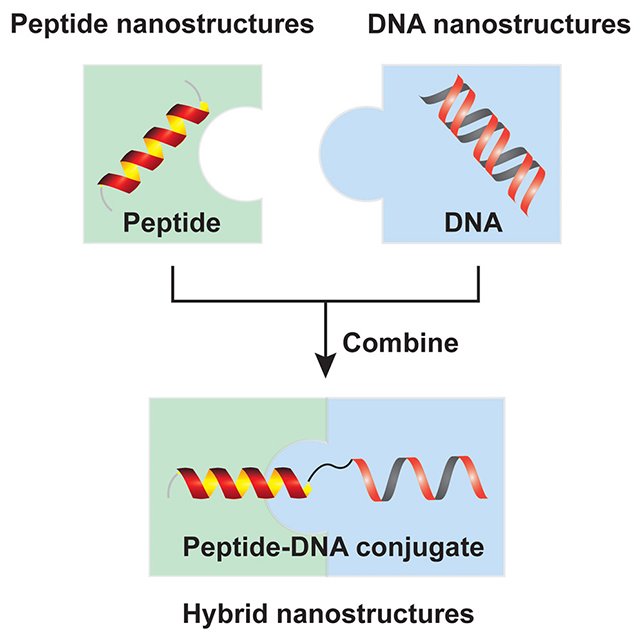One day in the future, rather than having to swallow medicine to cure your ills, you might find yourself swallowing an artificial life form instead – one that can busy itself inside your body to analyze or remove diseases.
It sounds like something out of a science fiction movie, but a team from the University of Southern Denmark and Kent State University in the US has detailed how specially-designed, hybrid molecules of DNA and protein could eventually form the basis of these artificial life forms.
The idea is that the tiny engineered bio-bots could be coded to target specific health issues, whether that's delivering particular kinds of drugs or stimulating certain response cells from the body's immune system.

"In nature, most organisms have natural enemies, but some do not," says biotechnologist Chenguang Lou from the University of Southern Denmark.
"For example, some disease-causing viruses have no natural enemy. It would be a logical step to create an artificial life form that could become an enemy to them."
The researchers envision creating these artificial allies in the form of engineered viruses, bacteria and cells.
These artificial life forms are still some way off, but the researchers have previously built what's called a peptide-DNA conjugate: a molecule combining both DNA (deoxyribonucleic acid) and peptides (chains of amino acids used to form proteins).
DNA offers precise control over the way the molecule is coded, but is limited in terms of the reactions it can facilitate, whereas peptides (with 20 possible amino acid combinations) provide versatility in manipulating their chemical environments.
Besides using hybrid biomolecules to construct artificial life forms, scientists could also deploy them to form the basis of viral vaccines, according to the research team – giving us a bespoke, custom-made way of fighting infection.
"An artificial viral vaccine may be about 10 years away," says Lou.
"But with the knowledge we have, there is, in principle, no hindrance to produce artificial cellular organisms in the future."
Scientists continue to get better at editing the DNA blueprints all organisms are based on, and have also been making progress in combining them with peptides – to build tiny nanostructures and to transport cancer medication, for example.
We've also seen these hybrid molecules used to create nanomachines capable of opening up channels in cell membranes. This again could be used for targeted immune system responses, or to diagnose something happening in the body.
It's still very early days for this research – the field itself has emerged only in the past decade – but being able to produce engineered molecules that are both very adaptable and able to be controlled very precisely opens a whole host of possibilities.
The research has been published in Cell Reports Physical Science.
